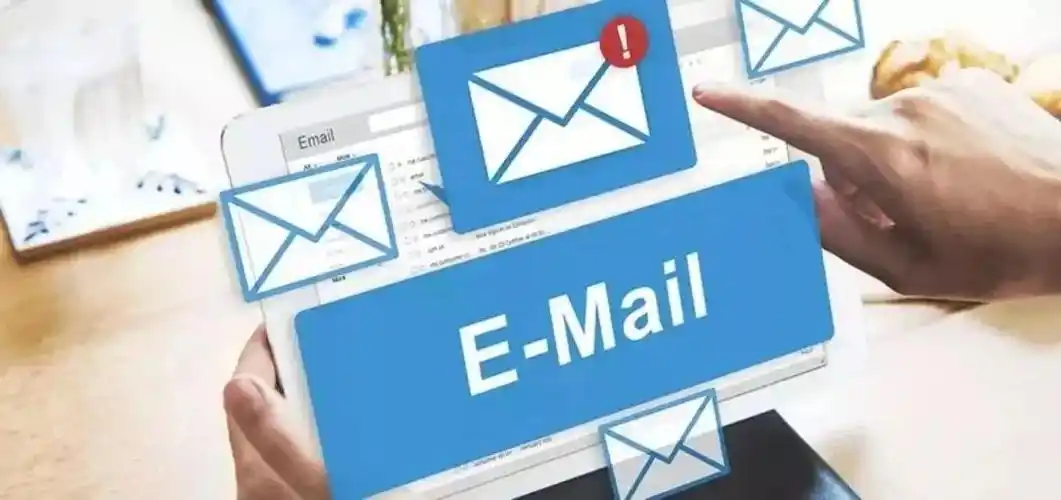Mastering the Art of Concluding Professional Emails
In today's fast-paced digital world, email has become a cornerstone of professional communication. The way you end your emails is almost as important as the content within them. A well-crafted email closing can influence how your message is received and remembered. Whether you're networking, negotiating, or simply sharing information, a thoughtful sign-off can leave a lasting impression.
Understanding the Importance of a Strong Email Closing
Your email sign-off is not just a goodbye; it's a reflection of your professionalism, respect, and attention to detail. A strong closing can reinforce your message, express gratitude, and set the tone for future interactions.
The closing of your email should align with the overall tone and purpose of your email. It should also take into consideration the recipient's position and your relationship with them.
When to Use Formal Closings
Formal closings are best used in communications with people you do not know well, higher-ups, or in industry settings that demand a professional tone. Here are some classic formal sign-offs:
- Sincerely
- Respectfully
- Best regards
- Yours faithfully
Using these sign-offs conveys a sense of professionalism and respect. They are safe bets when the situation doesn't call for a personal touch or when you need to maintain a level of formality.
Embracing Casual Closings
In less formal settings or when addressing colleagues and acquaintances, you can use a more casual tone in your email closings:
- Best
- Thanks
- Take care
- Cheers
- Talk soon
These closings create a friendly and approachable feel, suitable for people you interact with regularly.
Creative Closings with a Personal Touch
If you have cultivated a strong relationship with a client or colleague, you may want to incorporate a sign-off that reflects your unique brand or personality:
- Keep rocking
- Stay awesome
- Looking forward to working magic together
- Onward and upward
While these are more creative, use them sparingly and only when they align with your personal brand and the nature of your relationship with the recipient.
Enhancing Your Sign-Off with a Closing Remark
Add substance to your email closing with a closing remark. This can be a sentence or two following your main content that offers a call-to-action or a friendly note:
"Please don't hesitate to reach out if you have any more questions, I'm here to help!" could be an excellent closing for a client query. It encourages further communication and demonstrates your willingness to assist.
Avoiding Common Pitfalls in Email Closures
Even the best intentions can lead astray if the email closing isn't crafted carefully. Here are a few pitfalls to avoid:
- Ambiguity: Ensure your closing is clear and leaves no room for confusion.
- Misaligning tone: Don't use overly casual language in a professional setting, and vice versa.
- Overly blunt or rushed closings: Snippets like "Later" or "Bye" may come off as dismissive.
Examples of Complete Email Closures
| Scenario | Closing Line | Sign-Off |
|---|---|---|
| Networking Follow-Up | It was great meeting you at the conference. Let's keep in touch! | Best regards, |
| Job Application | Thank you for considering my application. I look forward to the opportunity to discuss my qualifications further. | Sincerely, |
| Request for Information | I'm looking forward to receiving the details you mentioned. | Thanks in advance, |
| Response to Client Query | If you need any further assistance, please feel free to reach out to me. | Warm regards, |
Customizing Your Email Signature for the Perfect Finish
Your email signature acts like a virtual business card, providing the recipient with information on how to contact you and what your role is. An effective email signature includes:
- Your full name
- Your position/title
- Company name
- Contact information (phone number, LinkedIn profile, etc.)
- Company logo or personal brand logo, if applicable
A clear, professional signature reinforces your credibility and makes it easy for recipients to follow up.
Crafting Consistency in Email Communication
Whatever sign-off and signature style you decide works best for you, consistency is key. Using a consistent format across your professional communications helps solidify your personal brand and ensures you come across as professional and reliable.
Evaluating and Adapting Your Style Over Time
As you progress in your career, your email communication style will naturally evolve. What might work early in your career could change as you move into different roles or industries. Regularly evaluate whether your closing style aligns with your current professional identity and make necessary adjustments.
Moreover, pay attention to feedback or responses from colleagues and clients about your communication. It's an opportunity to continually tweak and improve your email sign-offs for the better.
Conclusion: The Power of a Thoughtful Email Closing
Your email closing is an opportunity to express professionalism and to leave a lasting impression. By selecting the right tone and structure for your closing, you enhance the effectiveness of your message and foster better professional relationships. Whether you decide to stay formal, embrace a casual style, or add a creative flourish, ensure your closing reflects your intent and personal style. As with any communication skill, practice and awareness are key to improving and mastering this valuable aspect of modern interactions.
Each email you write contributes to your personal brand, making it essential to consider every part of the message, right down to the last word. In navigating the etiquette of closing professional emails, you'll not only convey your messages more effectively but also shape how you are perceived in the professional world.











 浙公网安备
33010002000092号
浙公网安备
33010002000092号 浙B2-20120091-4
浙B2-20120091-4